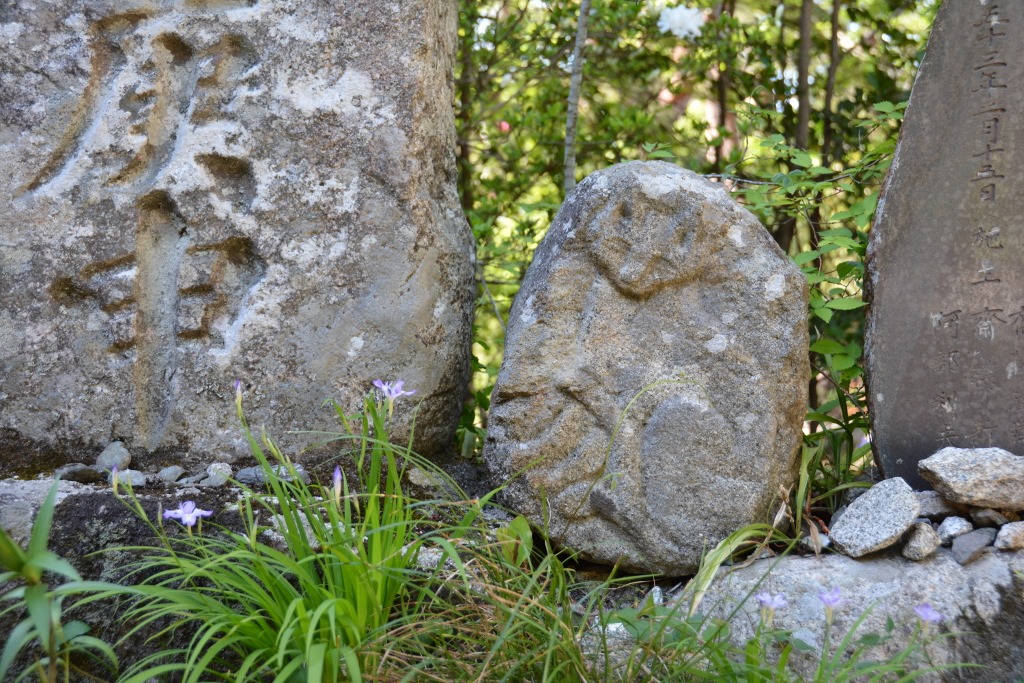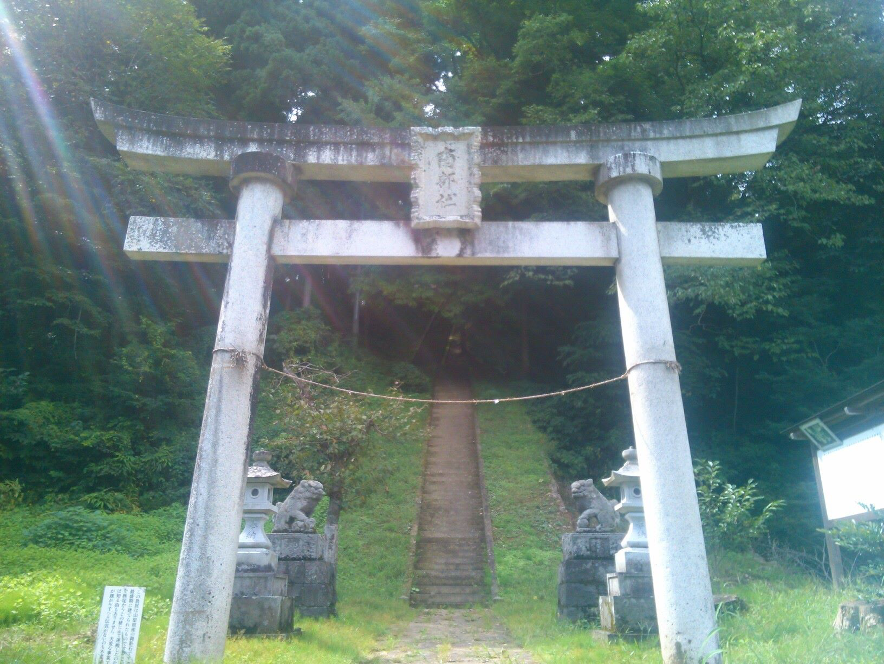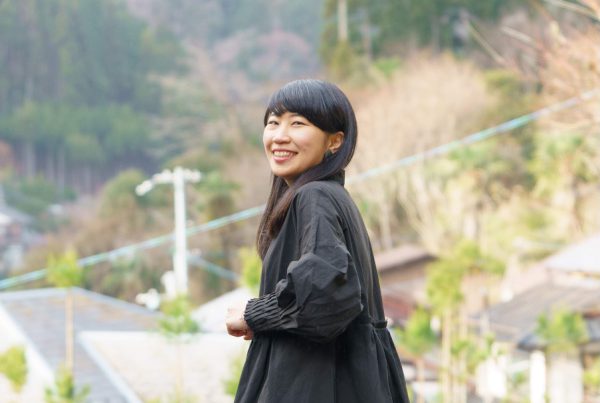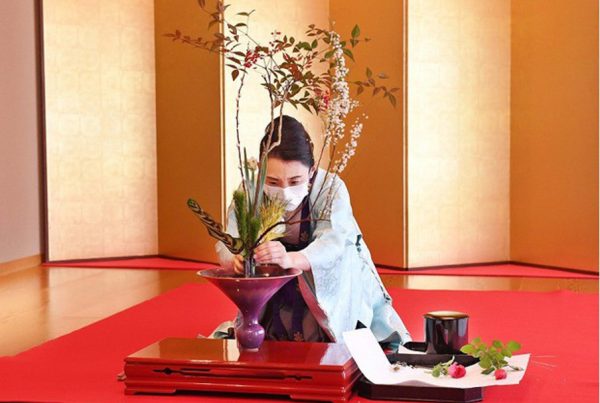When visiting Japan, it’s hard to miss the animal cafes in most major cities like Tokyo, Kyoto, and Osaka. From owls, pigs, dogs, snakes, and hedgehogs, these animal cafes allow patrons to enjoy drinks and meals, while watching or playing with their favorite animals.
But out of these, nothing beats the popularity of cat cafes among the Japanese. From the time the first cat café opened in 2005, the popularity of cat cafés boomed in Japan.
What is behind the Japanese admiration, fascination, and obsessions towards our feline companions that go from furry to fluffy?
For answers about that, I reached out to Yasutaka Yumoto, a researcher and history enthusiast from Nagaoka City, Niigata Prefecture, Japan.
Yasutaka Yumoto of of Nagaoka City, Niigata, Japan
The Importance of Cats
“Nowadays, cats can be considered as semi-domesticated animals that humans take care of and consider as pets or companions. However, since ancient times, cats have been carefully bred by humans because they have been active in eliminating small animals.”
“Historically speaking, the relationship between humans and cats dates back thousands of years, from the discovery of a grave where a young wildcat and a human (in his 30’s) were buried together in the ruins of Cyprus about 9,500 years ago.”
A cat sculpture in front of the main shrine of Nanbu Shrine. Photo Credit: Yasutaka Yumoto
“Usually, the cute and friendly cats that we can easily imagine are of the type of domestic cats, but it is possible that domestic cats existed in the Japanese archipelago at least during the 6th to 7th centuries. In some cases, it can be traced back to the Yayoi period.”
“For the Japanese, who lived mainly in rice farming and sericulture or silk farming, small animals such as mice were natural enemies that devoured rice and silk moths. Cats were a thankful existence that protected crops and silk moths from such natural enemies. Eventually, cats became the object of worship not only as a mouse ward, but also as a god and a sacred person who benefited from the mouse.”
An example of a cat engraved on natural stone. Photo Credit: Marumori-machi Tourist Information Center
“In the Tohoku region such as Marumori Town, Aomori Prefecture, there is also a so-called “cat monument” which is a figure of a cat engraved on natural stone and is enshrined as a god.”
Cat Worship
“In Tochio Moriage, Nagaoka City, Niigata, the same belief in cats is also evident. Surrounded by mountains, Tochio Moriage has a lot of land that is suitable for sericulture because of its weak wind and humidity. In this industry, it is important to minimize the number of rats and protect the silk moths which are used in producing the finest silk. The people of Tochio Moriage believed that cats can turn these rodents away.”
“In fact, a statue of a mythical-cat like creature known Kagutuchi (god of fire in Japanese mythology) or Nekomata Gongen can be seen before the Nanbu Shrine in the said region.”
Nanbu Shrine. Photo Credit: Yasutaka Yumoto
“Nekomata Gongen is an old cat that has become a youkai (a type of supernatural monster or spirit in Japanese folklore). By being enshrined as a god worshipped by the people, this shows the relationship that the people of Tochio Moriage have always had with cats.”
“Another example is the Hakkaisanson Shrine, located in Osaki, Minamiuonuma City, Niigata Prefecture. This shrine has been worshiped by people since ancient times as the center of the Hakkaisan worship with Kuni no Satsuchi (‘sa’ stands for rice plant and ‘tsuchi’ refers to the soil where the rice plant will be planted) as the deity.
“According to the priests and parishioners of the shrine, the effect of this shrine has been enormous in the past given to the number of worshipers coming from other prefectures in search of this shrine.”
“However, as the times changed and the number of people engaged in agriculture and sericulture decreased, the number of people seeking a mouse ward decreased sharply.”
Renewed interest
“But recently, due to the recent cat boom, worshipers from all over the country visit the shrines these days.”
“This boom can be correlated to the growing number of people raising cats as pets (since they cry less than dogs and do not require daily walks).”
In a report by the Japan times, cats have outnumbered dogs as domestic pets. It is estimated that the number of pet cats have increased by 123,000 to 9,649,000.
“The renewed interest has been quite interesting as this shows the importance of cats in the lives of humans from the ancient times up to today. It has taken a different form, but the relationship is still there,” Yasutaka concludes.
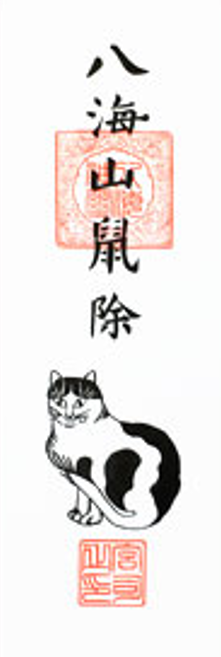
Hakkaisanson Shrine’s rat-proof bill. Photo Credit: Yasutaka Yumoto
For those who wish to visit the Nanbu Shrine, rat proof bills are available during the shrine festival on May 8th every year or at the roadside station R290 Tochio.
Main image by: Alain Pham on Unsplash




